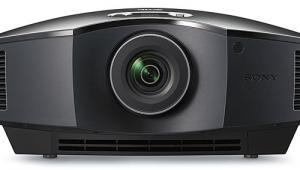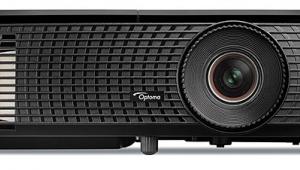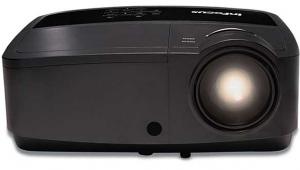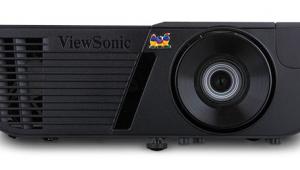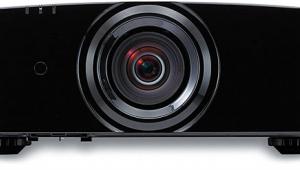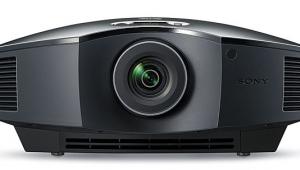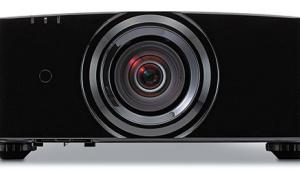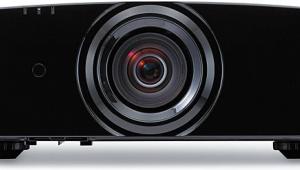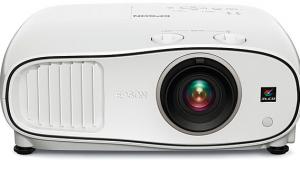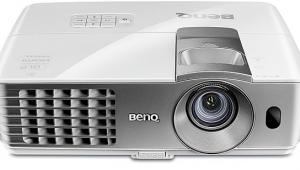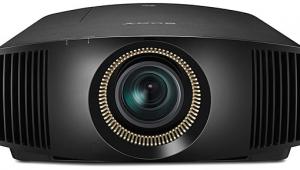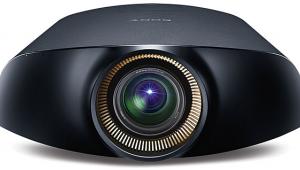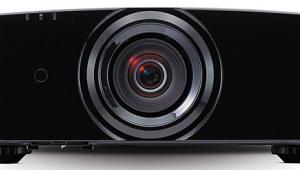JVC Procision DLA-X70R D-ILA 3D Projector HT Labs Measures
Full-On/Full-Off Contrast Ratio: 10,727:1
All of the measurements here were taken with the projector in the User Picture Mode, calibrated and adjusted for the most accurate image. For the above contrast-ratio reading, the Lamp Power was in High, the Lens Aperture (iris) wide open (0), and e-Shift On.

The Full-On/Full-Off contrast ratio above (sometimes referred to as the peak contrast ratio, the sequential contrast ratio, or the dynamic range), was not the best we’ve seen from a projector. I can only refer to the measurements I made on the DLA-HD950 in early 2010—a peak contrast ratio of 12,546:1 on a different, smaller screen, with the Lens Aperture much lower and the lamp on Normal. Considering the fact that the DLA-HD950 was 2D only, however, the measurements here are relatively consistent with my past results on JVC projectors. With a peak brightness level of 15.72 foot-lamberts on the DLA-X70R (High lamp setting, Lens Aperture wide open), that translates to a black level of 0.0015 ft-L on the 101-inch-wide Elite screen, the measurements taken with about 275 hours on the lamp and the projector about 13.5 feet from the screen.
The before/after calibration results are shown in the accompanying figures. As you can see, and as noted in the review, the before results, taken in THX mode, were unimpressive. But the projector calibrated exceptionally well, with the Delta E an average 0.84 across the board and a maximum of 2.06 at 100 IRE. Similarly, the overall Delta Es for the individual colors, after minister-ing to the color gamut using the projector’s CMS, averaged 1.94, with a maximum of 3.86 (green). The lower the Delta E, the closer the result to the desired Rec709 HD standard, with values under 3.0 generally considered excellent.

The gamma, after some work in the custom gamma menu, averaged 2.28—about 2.3 above 30 percent brightness and 2.2 below that (the slightly lower gamma at the bottom end was an intentional tweak, as described in the review).
The 3D charts are not shown. As described in the review, I achieved the best subjective 3D image with settings that decidedly didn’t produce an impressive measured result. These settings may be found in the online version of this review. I suspect (but can’t confirm) the reason these settings measured poorly in this situation was due to the very low 3D-brightness levels on this relatively large, low-gain screen. Colorimeters don’t like extremely low brightness levels and the conditions likely induced inaccuracy in my measurements. —TJN
